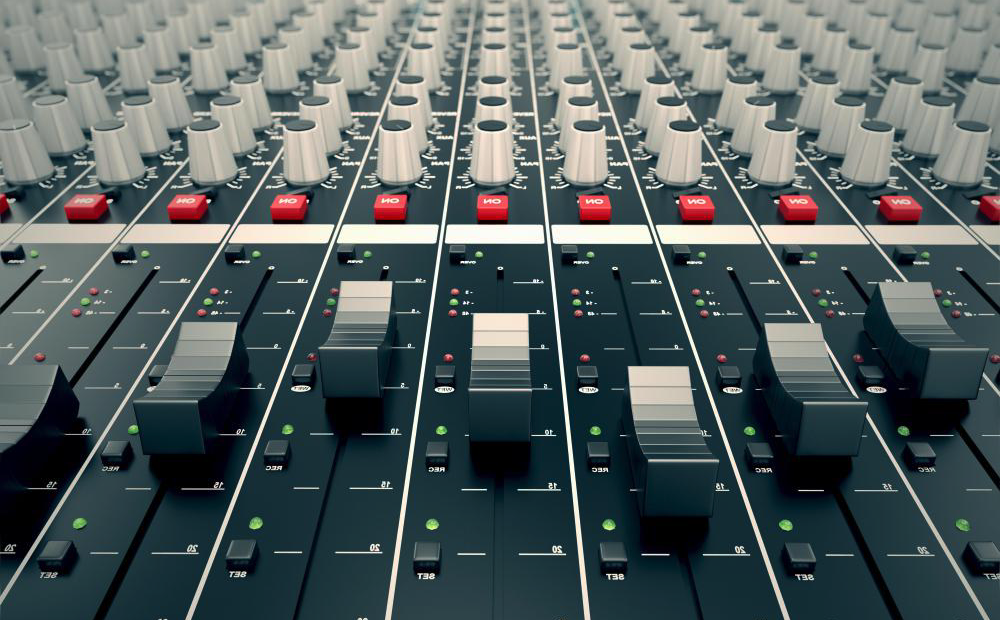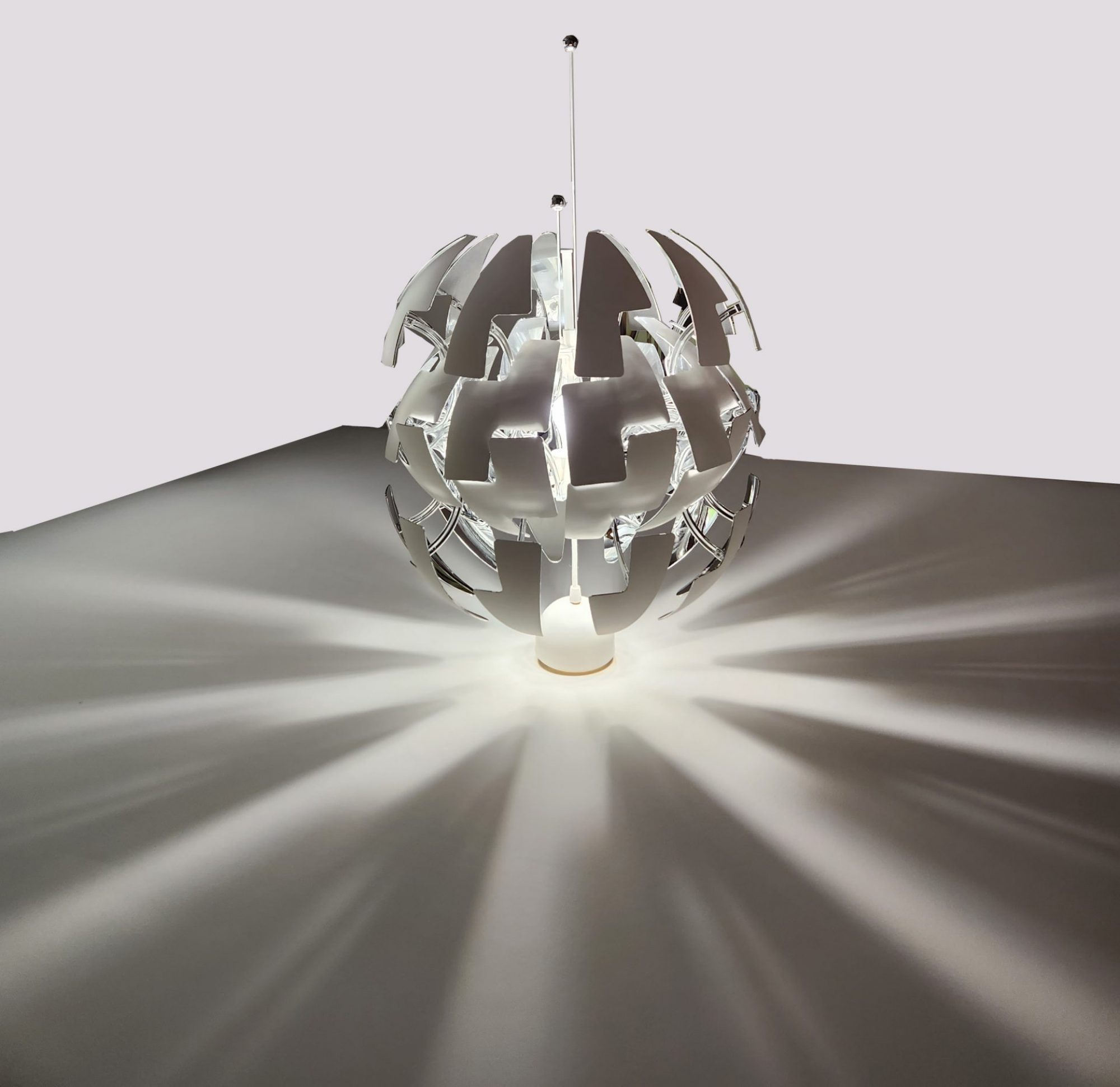
To mix audio correctly one must understand many things, for example, everything has a place in the mix and the frequency spectrum.
When you go to watch a live performance this may give you the biggest clue especially if you’re having an issue comprehending mixing here’s one example, when the band is playing on the stage you may notice right away that the drums are in the middle so is the bass the main vocalist is out front the guitar is on the left and the keyboards are on the right.
When I hear music, this is how I imagine it in my head, and I use this layout to carry out my mixing task, not all performances are the same for all mixes.
Having the right equipment can help make or break your mixing skills, all it takes is one instrument over the top of another and you now get a muddy response from your mix, panning is ideal when you have certain instruments playing at the same time, without panning there will be a fight between the two.
Knowing when to use filtering, especially the hi-pass is usually the culprit of many or even most mixing errors learning when to use equalization is a must it is the most underestimated part of mixing.
Cleaning tracks taken from an analog source is crucial to lighten the mix engineers’ load without properly removing all unnecessary noise may lead to more use of a gate or even unnecessary fader adjustments.
Knowing when and where to use compression is key to how much a little compression squeeze can suffocate audio which will kill your dynamic range, instruments that emit hard transients are ideal for a bit of compression, on the other hand, some sounds need a special color to allow them to stand out this is another time when over-compression may be beneficial.
As the mix engineer always keep in mind that you are not the arranger and that any musical repairs are done by only him or her, the song should never be hidden by too many effects and or over-processing, a good mix engineer fully understands sends and returns also the difference between tracks and buses.
Busing allows the mix engineer to have more control over the entire mix each buss represents its own group for example there is a vocal bus, drums bus and so on these buses are not treated like tracks but like play pins for instruments and vocals, tracks get equalization and the bus gets its own eq this is to polish all the inhabitants of the bus together.
The mixing environment and equipment are just one more reason why so many people have a hard time getting a great mix, professional mixing houses are equipped with multiple monitoring systems they also mix in rooms designed to take the playback of a mix at different decibels, these rooms may contain some bass traps or sound damping yet the most important thing to remember is the mix engineer is in charge and may have to answer to the producer or a record company.
Before the song is ever given to a mastering engineer, it should have been mixed, meaning the song and an instrumental, because, as I stated at the top of this chapter, you will encounter unbalanced values, perhaps even phasing mishaps, as well as audio disappointment.
When you feel you have exhausted all pre-production & tracking methods and you have heard your mix in the studio in the car even in a quality set of headphones it is now time to bounce down or print the mix using its original sample rate to get it ready for the final polishing.
If you need more help please read our FAQ page.
